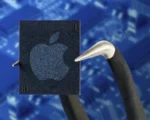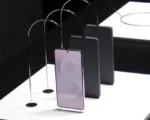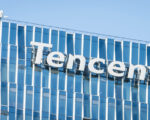Breakthrough in Antenna Design Paves Way for 6G Revolution
Researchers from the City University of Hong Kong (CityUHK) have made a groundbreaking advancement in antenna technology that could significantly impact the development of sixth-generation (6G) wireless networks. Published in Nature Communications, the study unveils a cutting-edge metasurface antenna capable of generating and controlling multiple frequency components simultaneously through software. This innovation holds the potential to transform the way wireless communication systems operate.
The research, led by Professor Chan Chi-hou, Chair Professor in the Department of Electrical Engineering at CityUHK, introduces a novel concept called the “synthetic moving-envelope” metasurface. Unlike traditional designs, this new metasurface antenna enables independent management of arbitrary harmonic frequencies and wave properties, a feat previously unattainable. Such advancements could greatly enhance data transmission capabilities while enabling real-time imaging, wireless power transfer, and highly secure communication systems—all critical elements for future network technologies.
Enhancing Network Efficiency and Functionality
One of the most significant features of this technology is its ability to transmit multiple signals in various directions simultaneously, thereby improving channel efficiency. This function is especially relevant for 6G networks, which aim to integrate communication and sensing technologies more seamlessly. The ability to handle multiple frequencies and waveforms concurrently could support a wide range of applications, including ultra-high-speed internet, precision sensing for autonomous vehicles, and robust data security measures.
Potential Impact on 6G and Beyond
As wireless communication continues to evolve, the demand for technologies that can handle increasing data loads and provide enhanced functionality grows exponentially. The metasurface antenna proposed by the CityUHK team is not just an incremental improvement but a leap forward in antenna design. By enabling dynamic frequency control and offering unprecedented versatility, this innovation could redefine wireless network architecture. Future research and development could expand its applications even further, solidifying its role in shaping the next era of communication technology.











